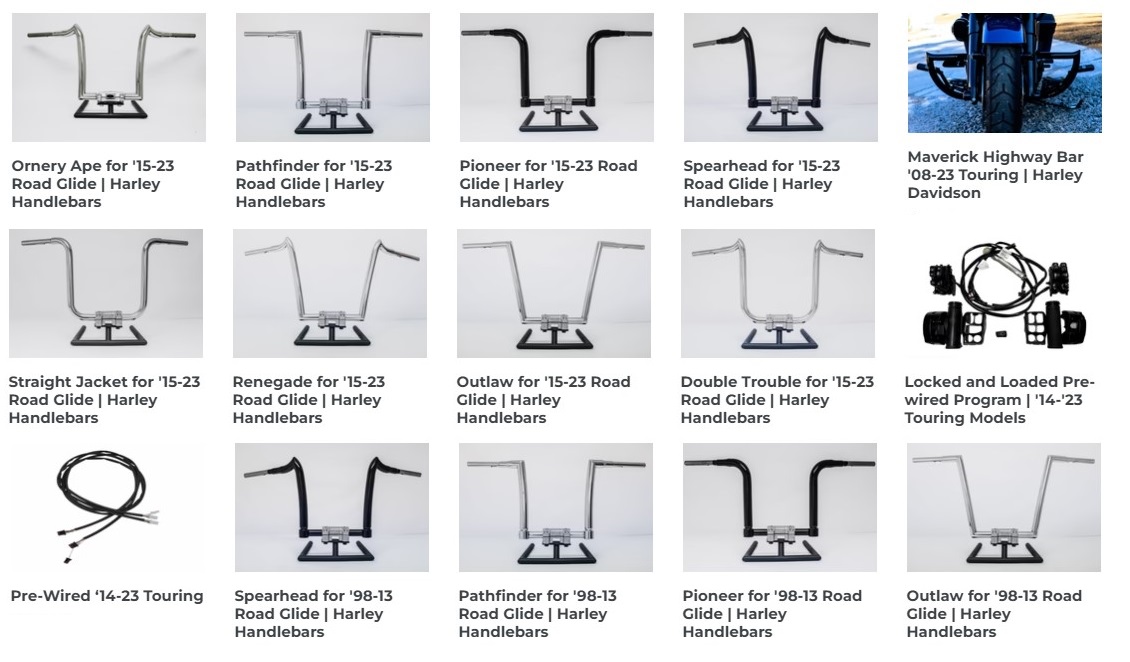How Motorcycle Boots can Save You Time, Stress, and Money.
Table of ContentsHow Motorcycle Boots can Save You Time, Stress, and Money.The Only Guide for Motorcycle Boots10 Easy Facts About Motorcycle Boots DescribedThe Ultimate Guide To Motorcycle BootsRumored Buzz on Motorcycle BootsThe 10-Minute Rule for Motorcycle Boots
The key elements of modern-day motorcycles are presented below.; this has been used all through bike history but is now becoming much more common.It was extensively undesirable and typically related to as a negative concept at the time. It has actually given that gained some prestige in the contemporary custom-made bike globe too because of the area cost savings it can manage and the recommendation to an earlier age.
Any storage space container for fuel may be so called, the term is usually used to part of an engine system in which the fuel is saved and thrust (fuel pump) or released (pressurized gas) right into an engine. A motorcycle fork is the portion of a motorbike that holds the front wheel and allows one to steer.
The Motorcycle Boots Ideas
The combination of rake and trail establishes exactly how steady the motorcycle is. motorcycle boots. The 'fork' on a motorcycle is composed of numerous parts. The three-way trees (additionally understood as yokes) hold the fork tubes (which contain the fork springtimes), and are secured to the neck of the frame by the steering stem.

, which requires both lubrication and modification for elongation (stretch) that happens with wear. The lubricating substance is subject to being thrown off the fast-moving chain and results in grime and dust accumulation. Chains do degrade, and extreme wear on the front and back sprockets can be harmful.
Conventional roller chain-drives experience the capacity for vibration, as the effective radius of action in a chain and sprocket combination regularly changes during the change ("chordal activity"). If a drive gear revolves at constant RPM, after that the chain (and the driven sprocket) needs to increase and decrease continuously. The majority of chain-driven motorcycles are fitted with a rubber bushed back wheel center to eliminate this vibration problem.
These chain oilers differ in elegance, however all add significantly to the life of the chain. The custom-made of lubing by submersing you can try here the chain in a tin of hot oil discontinued in the early 1970s, once most chains had rubber "O'-rings.
See This Report on Motorcycle Boots
They are not as sturdy when subjected to high horsepower as a chain. You can not alter the length and modification final drive ratios as easily as chains. And require bigger pulleys compared to chain sprockets to get an effective last drive ratio.
Inside the bell housing a bevel equipment on the shaft friends with another on the wheel install. This setup is superior in terms of noise and sanitation and is virtually maintenance-free, with the exception of periodic liquid adjustments.
The added gear collections are a source of power loss and added weight. Practically all high-performance auto racing motorbikes utilize chain-drive because they are the most mechanically reliable sending power to the back wheel.

The Main Principles Of Motorcycle Boots
The most vital attribute of any kind of tire is the get in touch with patch, the little location that touches with the roadway surface area while riding. There are tires made for dust bikes, touring, sport and cruiser bikes. Dust bike tires have knobbly, deep footsteps for maximum hold on loose dirt, mud, or crushed rock; such tires have a tendency to be less secure and noisier on smooth surfaces.
Visiting tires are typically made of a more challenging rubber compound for higher toughness, these may last longer yet often tend to give less outright grip compared to sports tires at ideal operating temperatures. Exploring tires generally use extra grasp at reduced temperature levels and can be more fit to riding in chilly or winter problems where a sporting activity tire may never reach its optimal operating temperature level.
These tend to have more powerful sidewalls as they are generally fitted to larger machines. Motorsport or competing tires provide the greatest of levels of grasp. Because of the heats at which these tires generally run, use outside an auto racing setting is unsafe, generally these tires do not reach their maximum temperature level which gives much less than optimum hold.
The smart Trick of Motorcycle Boots That Nobody is Talking About

There are several brake-performance-enhancing aftermarket components available for most motorcycles, consisting of brake pads of differing substances and steel-braided brake lines.
Comments on “Things about Motorcycle Boots”